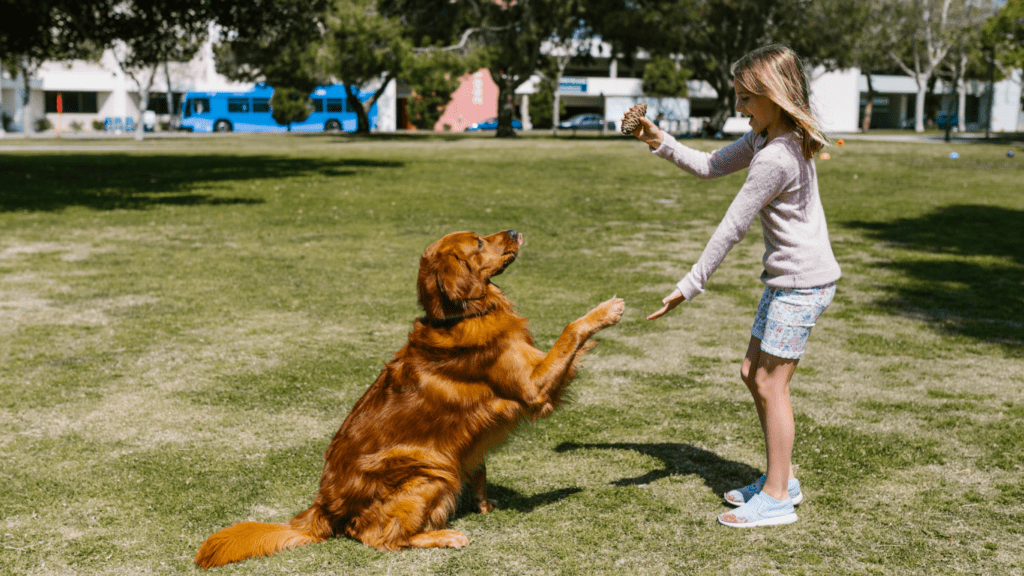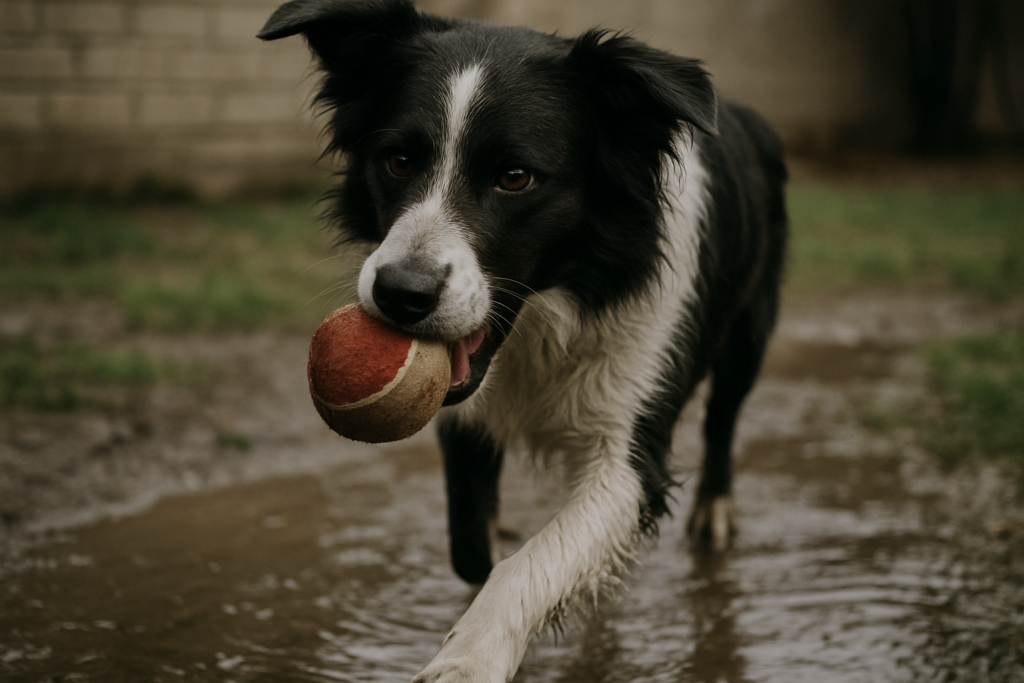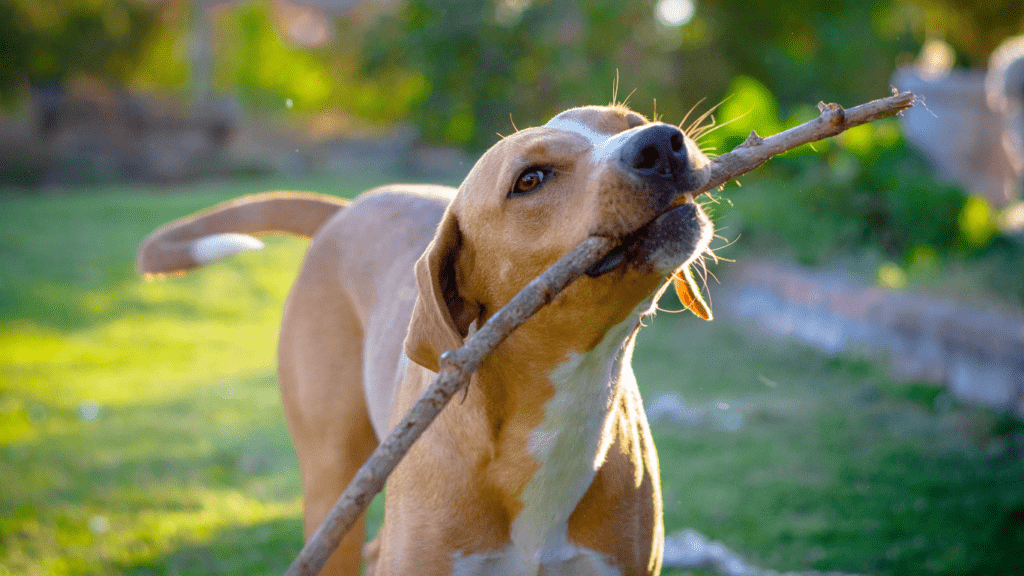Understanding the Link Between Play and Learning for Pets
Play is essential for teaching pets new tricks. Through interactive activities, pets engage their minds and bodies, making learning enjoyable and effective.
Benefits of Play in Pet Training
Play enhances a pet’s learning experience by providing mental stimulation and physical exercise. It keeps pets motivated and focused, ensuring they remain attentive during training sessions.
Interactive play strengthens the bond between the pet and the owner, building trust and cooperation.
- Mental Stimulation: Activities like puzzle toys or hide-and-seek challenge pets to think critically, improving problem-solving skills.
- Physical Exercise: Games involving fetch or agility courses keep pets active, reducing the risk of obesity and related health issues.
- Motivation: Rewards-based play, such as tug-of-war with treats, maintains a pet’s interest and encourages consistent participation.
- Trust Building: Consistent, positive interactions during play build a pet’s trust in their owner, making them more receptive to learning new tricks.
Types of Play Suitable for Learning
Various types of play are effective for teaching pets new tricks. Each type engages different skills and provides unique learning opportunities.
- Fetch: Teaches pets to respond to commands like ‘bring it back,’ enhancing their listening and retrieval skills.
- Tug-of-War: Encourages pets to follow ‘release’ commands, reinforcing cooperation and impulse control.
- Puzzle Toys: Stimulate a pet’s brain, teaching problem-solving and keeping them mentally engaged.
- Agility Courses: Improve a pet’s coordination, balance, and ability to follow complex sequences of commands.
- Hide-and-Seek: Develops a pet’s tracking and search capabilities, making it easier for them to find hidden objects or people.
Strategically using these play types makes learning new tricks engaging and rewarding for pets.
Setting Up for Success
Teaching your pet new tricks through play requires a thoughtful approach to ensure effective learning. The right environment, tools, and toys set the foundation for success.
Choosing the Right Environment
Choosing the right environment ensures your pet’s comfort and focus. Pick a quiet, familiar area free from distractions. A fenced backyard, a spacious living room, or a designated training zone works well. Avoid areas with high foot traffic or loud noises. The environment should be safe, secure, and conducive to learning.
Essential Tools and Toys for Playful Learning
Essential tools and toys aid in playful learning. Use treats for positive reinforcement; they’re highly motivating. Interactive toys like puzzle toys, fetch balls, and tug ropes engage pets mentally and physically. Utilize clickers to mark desired behaviors precisely.
| Item | Purpose |
|---|---|
| Treats | Positive reinforcement |
| Puzzle Toys | Mental stimulation |
| Fetch Balls | Physical exercise |
| Tug Ropes | Engaging play |
| Clickers | Precise behavior marking |
Incorporate these essentials to create an enriching and effective training experience for your pet.
Basic Tricks to Teach Through Play

Using games to teach pets new tricks leverages their natural instincts and keeps them engaged. Below are specific tricks you can teach through play.
Using Games to Teach Sit and Stay
Teaching “sit” and “stay” can start with interactive games. Use a favorite toy or treat to get your pet’s attention. Hold the reward above their nose to encourage a sitting position. Once they sit, offer the treat and praise them. Repeat this process during short play sessions.
For “stay”, use a similar approach. Ask your pet to sit, then show them a treat. Take a step back while holding your hand out and say “stay.” If they remain seated, give the treat and offer praise. Gradually increase the distance and duration. Playtime helps reinforce these commands.
Interactive Play to Encourage Fetch and Drop
“Fetch” and “drop” are perfect for active play. Start by rolling a ball or throwing a toy a short distance. Encourage your pet to retrieve it by calling them back with enthusiasm. Once they return, use another toy or treat to prompt them to release the item, saying “drop.”
Consistent play sessions reinforce the “fetch” and “drop” commands. Over time, increase the distance and vary the toys to keep it interesting. Interactive play offers physical exercise and reinforces learned behaviors.
Advanced Tricks and Play Strategies
Once basic commands are mastered, pets can move on to more advanced tricks using play strategies.
Incorporating Agility Training Through Play
Agility training combines physical exercise with mental stimulation. I set up an obstacle course using cones, tunnels, and jumps. Guided by toys and treats, pets navigate the course, learning to respond to commands like “jump” and “weave.” Regular agility sessions improve coordination and increase trust. Obstacles like A-frames and balance beams challenge pets further, ensuring varied and engaging training routines.
Teaching Complex Tricks with Playful Rewards
Complex tricks, like “roll over” and “play dead,” require incremental steps and consistent practice. I use clickers and treats to mark successful actions, gradually increasing the complexity of the tricks.
For example, teaching “spin” involves leading the pet in a circle with a toy, gradually phasing out the toy. Repetition and positive reinforcement are key.
Playful rewards, such as a favorite toy or game, make the training enjoyable, reinforcing the pet’s motivation to learn and perform advanced tricks.
Ensuring Safety During Play Training
Focusing on safety ensures pets enjoy play training without injury or stress. This responsibility boosts both learning and the pet-owner bond.
Monitoring Play Intensity
Monitor the intensity to keep play sessions safe. High-energy games, like fetch or tug-of-war, demand close attention to avoid overexertion.
Encourage water breaks every 10-15 minutes to prevent dehydration. For indoor sessions, clear spaces of obstacles to prevent accidents. Observe energy levels; if your pet slows down, it’s time to rest.
Recognizing Signs of Stress or Discomfort
Recognize signs of stress by watching your pet’s behavior. Common indicators include panting, whining, or tail tucking. If these symptoms appear, pause the activity.
Additionally, excessive drooling or a hunched posture signals discomfort; stop and reassess the situation. Use calm tones and gentle pats to reassure your pet and resume only when they seem comfortable. By staying observant, ensure your pet remains happy and stress-free during training.


